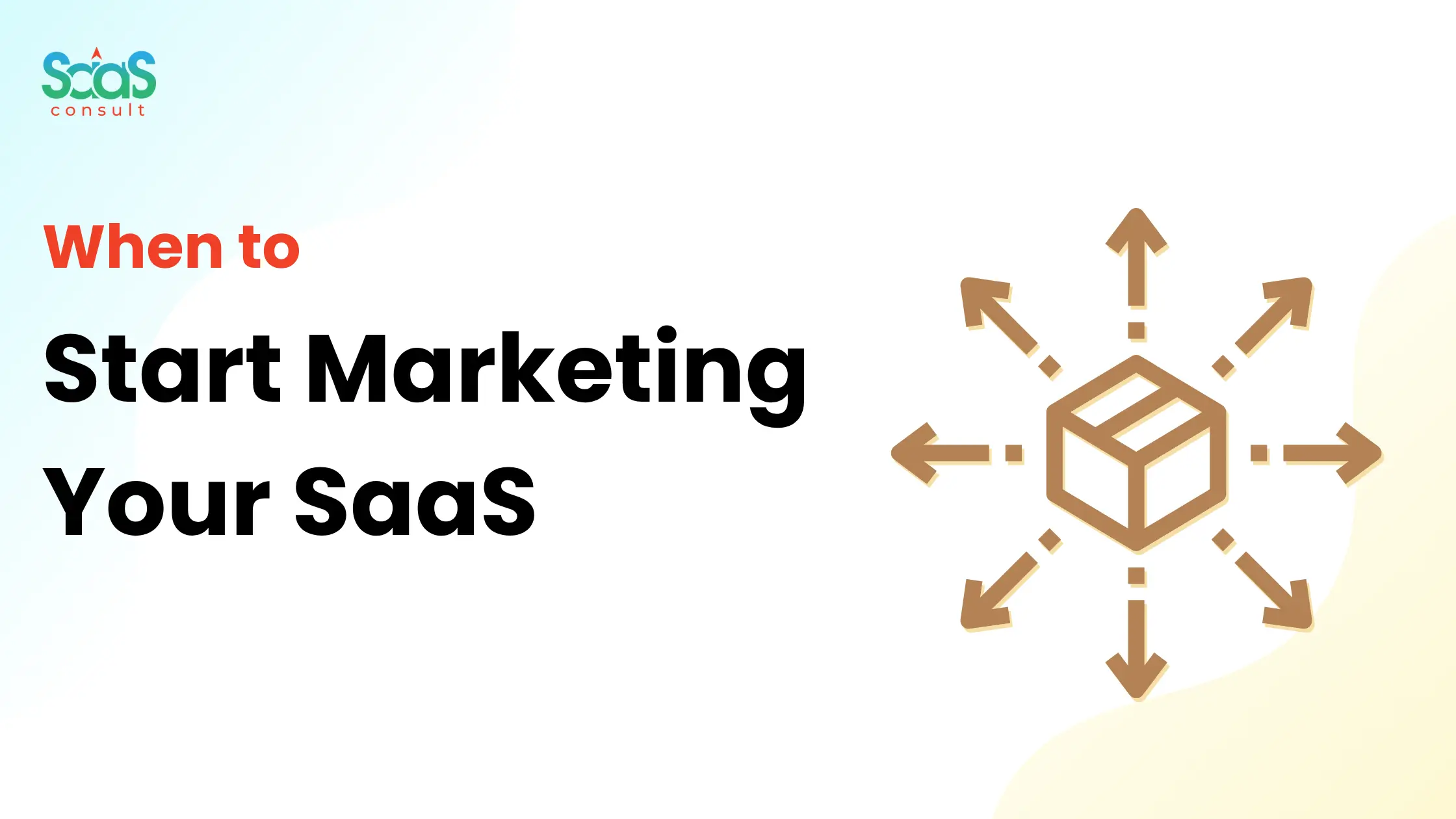Many early-stage SaaS founders know they need help with marketing, but don’t know how to hire it. They jump straight to execution — hiring an SEO consultant, launching ads, or writing blog posts — without first aligning on GTM strategy, positioning, or metrics.
That’s where a Fractional CMO could help. But too often, startups get the timing, expectations, or scope wrong.
This article breaks down the common mistakes SaaS startups make when hiring a fractional CMO — and how to avoid them.
Mistake 1: Hiring Too Early
Hiring a fractional CMO when you’re still pre-MVP or haven’t validated your ICP is premature. What you need in that phase is either:
- Founder-led marketing
- An agile consultant to test messaging or outbound
A Fractional CMO is best suited when you:
- Have some traction (users, revenue, or active trials)
- Struggle with channel prioritization
- Need repeatable GTM strategy
? When to Hire a Fractional CMO
Mistake 2: Expecting Full-Time Execution
A fractional CMO is not your marketing assistant. They don’t write every blog post or set up every email — they create the strategy, build the system, and bring or manage the resources.
Think of them as your part-time VP of Growth who leads:
- Positioning
- Channel selection
- KPI tracking
- Funnel alignment
? Explore our Fractional CMO Services
If you need someone to write ad copy or manage your HubSpot setup, you may need a fractional marketing ops or content lead instead.
Mistake 3: No Internal Readiness
Even the best CMO can’t succeed without:
- A product with a clear use case
- Leadership buy-in
- Access to performance data
Without these, the fractional CMO becomes a strategist with no levers to pull.
? Marketing Operations Management for SaaS
Have at least one person to help execute and ensure alignment between product, sales, and marketing.
Mistake 4: Hiring Before Defining Success
What exactly do you want from your fractional CMO?
- Fundraising-ready GTM strategy?
- Improved lead quality?
- CAC reduction?
- Channel validation?
Set clear OKRs and milestones. Without them, you’ll both drift.
Mistake 5: Confusing Strategy With Messaging
Some startups hire a fractional CMO expecting a brand refresh or better taglines. That’s the job of a copywriter or brand agency — not your GTM lead.
A fractional CMO connects product to market using structured:
- ICPs and segmentation
- Positioning frameworks
- Funnel metrics
- Growth loops
? SaaS Positioning and Messaging
Messaging is an output. Strategy drives the inputs.
Final Thoughts
A fractional CMO can unlock structured growth — but only when hired with clear intent, timing, and roles.
If your startup has:
- A working product
- Early traction
- A desire to scale GTM without hiring a full in-house team
…then a fractional CMO might be the smartest hire you make.
? Still figuring out if a fractional marketing leader fits your stage? Read: What Is a Fractional CMO
? Or Talk to Us about fractional GTM leadership for your SaaS.

